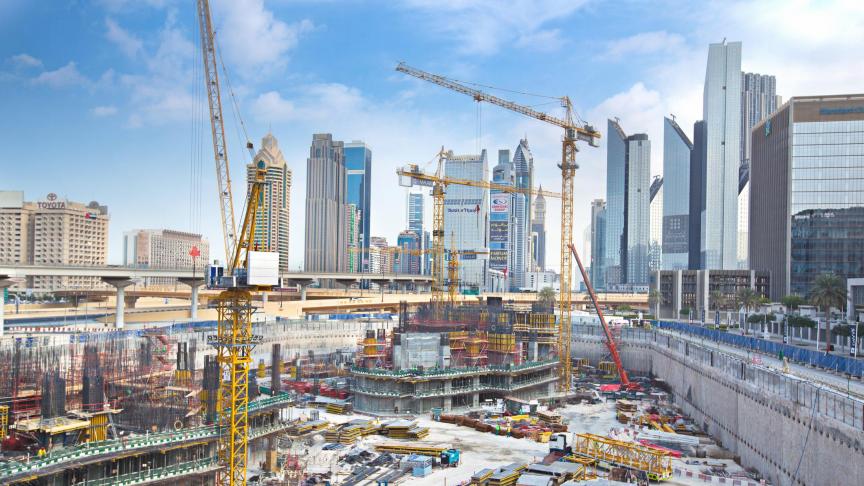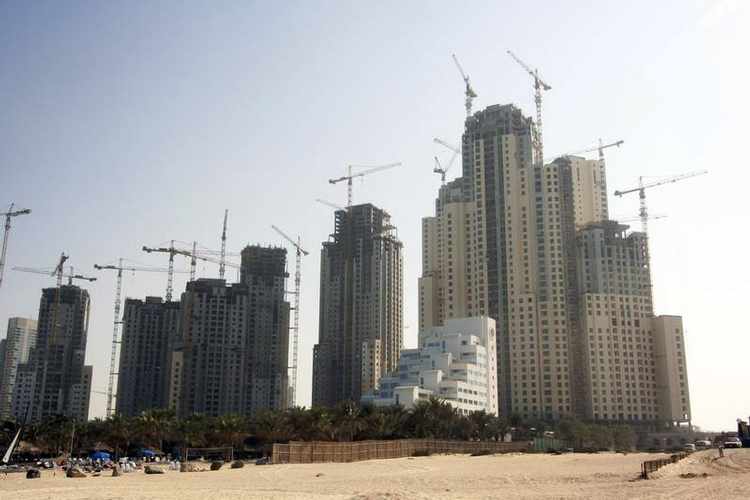Middle East leads global construction’s digitisation drive
BIM connects entire teams to provide vital information for the successful delivery of the project

“Digitisation is about businesses using connected systems at every stage of the projects. It is about working with tools and practices based on information and communication technology. They are no longer mere tools to help companies do the same things a bit better. Instead, they fundamentally change the way business is done”
In 2017, more than $85 billion of building contracts were handed out across the GCC, with a predicted yearly increase of 7% that should continue through 2018. The Middle East is witnessing a surge in investment and interest in business and leisure activities and infrastructure. High-profile international events such as Expo 2020 have added impetus to the dynamic landscape, with reports stating that the UAE alone is expected to account for $33 billion of Expo-related projects.
It’s well-known that the construction sector is one of the least digitised industries. Large projects across asset classes are typically 20% over schedule and up to 80% over budget. In some markets, construction productivity has actually declined.
Digitisation is about businesses using connected systems at every stage of the projects. It is about working with tools and practices based on information and communication technology. They are no longer mere tools to help companies do the same things a bit better. Instead, they fundamentally change the way business is done.
Computational design and generative tools are changing the way we design, allowing infrastructure we couldn’t even imagine. Virtual reality (VR), augmented reality (AR) and reality capture are changing the way we interact with the designs, and BIM is connecting entire teams to provide vital information for successful project delivery.
In a world where the next 20 years will see the largest global population boom in history, the pressure on the industry has never been higher. We can no longer use the same tools to meet increasing worldwide demand for construction output, as innovation is vital. The Middle East, particularly the GCC region, is ahead of the world in recognising that digitisation of the construction process can significantly reduce risks and enhance the viability of infrastructure projects, as well as improve asset lifecycle.
The UAE has already led the way with the Louvre Abu Dhabi’s creative use of iterative BIM. The BIM design model was used to create a scale model for physical wave testing that informed the geometry of the perimeter and the position of inlets and concrete breakwaters. Dubai’s Museum of the Future also employs BIM and generative design, especially for the complex steel diagrid geometry.

Such complex structures need an iterative analysis process such as generative design for teams to quickly manipulate and study numerous iterations, to accommodate architectural and structural requirements. Generative design uses algorithms to generate every possible permutation of a design solution and allows the user to select the design that best fits the end requirements. It offers an easy preview, to create optimised complex shapes and internal lattices that are impossible with traditional manufacturing methods.
This is where additive manufacturing (AM) comes in play. The uniqueness of AM lies in its ability to combine multiple materials to create a single material that meets the unique requirements of any project without compromising on its strength and structural integrity. The new materials are often stronger, lighter and more efficient than the traditional ones. Current AM products include aircraft parts, medical implants, automobile chassis and even entire buildings.
With the Dubai 3D Printing Strategy launched by His Highness Sheikh Mohammed bin Rashid Al Maktoum, Prime Minister and Vice-President of the UAE and Ruler of Dubai, the emirate is determined to ensure that every new building in Dubai in 2025 will have 25% of its structure 3D-printed. The mandate will begin in 2019, starting at 2%, with a gradual increase to achieve this strategic goal.
This strategy will reinforce the UAE’s commitment to support and facilitate innovation as it uses emerging and new technologies to reduce costs across sectors, and will ultimately restructure economies and labour markets, as well as redefine productivity.
BIM, additive manufacturing and generative design are changing the construction industry, disrupting the status quo and challenging the creativity and vision of AEC professionals. They provide AEC professionals with futuristic solutions to construct sustainable and memorable structures that go beyond function and serve a grander purpose that conveys history, culture, ambition and success.
Source: http://meconstructionnews.com/28374/middle-east-leads-global-constructions-digitisation-drive












